
Maze's End | Illustration by Cliff Childs
If you’ve been playing Magic for a while, you’ve likely heard words like Rakdos or Simic thrown around when describing decks. Even if you aren’t fully aware of where these names come from, you likely know the color combinations they’re associated with and have some idea of the strategies these types of decks like to employ.
These color pairs get their names from Magic’s 10 Guilds of Ravnica. While the Ravnica block wasn’t the first to introduce multicolored spells – that honor goes to the Invasion block – it was the first to give players unique names to associate with each color pair.
Let's take a look at Magic’s 10 guilds, what makes them tick, and a little bit about their backstory!
What Are The Guilds of Magic?

Tablet of the Guilds | Illustration by Nic Klein
| Guild Name | Color Combination |
|---|---|
| Azorius Senate | White & Blue () |
| Boros Legion | White & Red () |
| Cult of Rakdos | Black & Red () |
| Golgari Swarm | Black & Green () |
| Gruul Clans | Red & Green () |
| House Dimir | Blue & Black () |
| Izzet League | Blue & Red () |
| Orzhov Syndicate | White & Black () |
| Selesnya Conclave | White & Green () |
| Simic Combine | Blue & Green () |
Magic’s 10 guilds were introduced 2005's original Ravnica block, which included Ravnica: City of Guilds, Guildpact, and Dissension. The 10 guilds were spread out throughout the block’s three sets. Each guild was meant to represent the specific strengths of their given color pair. They were each given a unique mechanic in this first block and received new mechanics on subsequent visits to the plane.
In the world of Magic: The Gathering, the Guilds are 10 distinct groups that rule the plane of Ravnica. They have each been assigned specific roles on the plane and are bound to their duties by a magical contract known as the Guildpact.
Azorius Senate
The Azorius Senate () are both Ravinca’s lawmakers and a large part of its law enforcement. They are also the formal government of Ravnica. The Azorius strongly believe that they’re the only thing standing between the plane and complete chaos. Therefore, any attempts to make change are seen as dangerous dissension. Azorius Guildmages who are skilled at counterspells help shut down any magical misbehavior, a quality that often translates into Azorius decks.
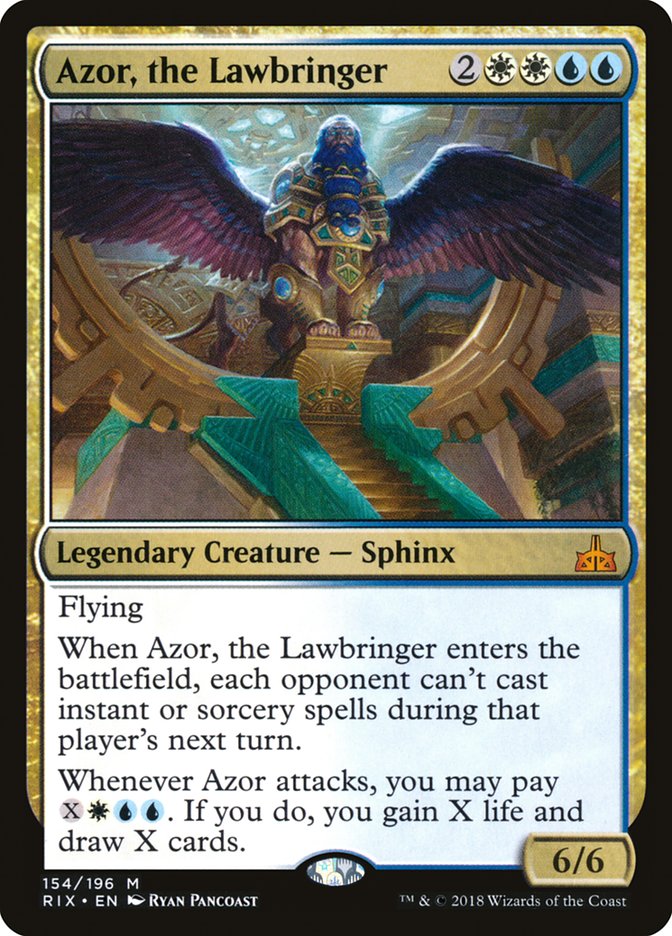
Each guild was founded by a leader known as a parun. The Azorius Senate’s parun is a former planeswalker named Supreme Judge Azor I, who is represented in Azor, the Lawbringer. Azor was responsible for creating the Guildpact.

The Azorius have gone through a few leaders since. The first leader players met was Grand Arbiter Augustin IV, who tried to seize control of Ravnica while the Guildpact was broken. After his soul was forcibly removed from his body, he was replaced as Grand Arbiter by Leonos II, who doesn’t appear on any cards.
Leonos II was succeeded by Isperia the Inscrutable. Isperia would later be assassinated by Vraska, leading to the guild being temporarily taken over by Dovin Baan, a puppet of Nicol Bolas. When Dovin was defeated, the guild’s current leader Lavinia took over. Lavinia is represented on three Magic cards: Lavinia of the Tenth, Lavinia, Azorius Renegade, and Lavinia, Foil to Conspiracy.
The Azorius have had three signature mechanics: forecast, detain, and addendum. Forecast gives certain cards abilities that could be activated by revealing them from the player’s hand. Detain targets a permanent and prevents it from attacking, blocking, or activating its abilities until the player who detained it takes their next turn. Addendum adds additional effects to instant spells when they’re cast during a player’s main phase.
In addition to these mechanics, Azorius cards tend to focus on control. The Azorius also have access to many types of flying creatures like birds, archons, and drakes. Creatures depicted on Azorius cards are typically either white or blue in some form, whether it’s their clothes or just the creature’s natural color.
Boros Legion
The Boros Legion () is Ravnica’s standing army that helps enforce the laws enacted by the Azorius. While they’re meant to enforce the Azorius’s laws, Boros members are far more zealous in their methods, sometimes leading to more drastic action than the Azorius would usually take. The Boros forces are split into two distinct groups: The League of Wojek are more like police officers whereas the Army is more of a traditional military unit.
The Boros Legion’s parun was Razia, Boros Archangel, who originally founded the legion with a rigid hierarchy system. Following Razia’s death, the guild was briefly run by the disgraced angel Feather – seen on Feather, the Redeemed and Feather, Radiant Arbiter – who was quickly deposed by the more popular Aurelia.
The three guild mechanics for the Boros Legion are radiance, battalion, and mentor. Radiance gives abilities to or has effects on a target creature and any creatures that share a color. Battalion is a triggered ability that triggers when a creature attacks with at least two other attackers. Mentor is a triggered ability that puts a +1/+1 counter on target attacking creature with lower power when it attacks alongside the mentor. These mechanics are all meant to represent the Boros Legion’s strength in numbers.
Cult of Rakdos
The Cult of Rakdos () is the antithesis of the previous two guilds. It’s a largely unorganized group of performers who seek to entertain their demon leader with extreme displays. They’re also wary of any Guild trying to gain too much power and often ridicule authority figures with the hopes of undermining their hold on the people of Ravnica.
The Cult’s parun is the demon Rakdos the Defiler, the official guild master. Rakdos sleeps for extended periods, and duties during his slumber have been given to other members of the cult like Lyzolda, the Blood Witch. During the more recent events of Murders at Karlov Manor, Judith – seen on Judith, the Scourge Diva – unsuccessfully schemed to overthrow Rakdos. She was last seen being confronted by the Rakdos assassin Massacre Girl, though her death wasn’t confirmed.
The Cult of Rakdos’s members are a mixture of more benevolent hedonists who wish to live life to its fullest and a more sinister element that kills and tortures for selfish means. This violent aspect of the cult is more represented on the cards, which often focus on removal. Sacrifice effects also depict the Cult’s willingness to hurt their enemies at any cost.
The Cult of Rakdos has three unique mechanics: hellbent, unleash, and spectacle. Hellbent is a state-dependent ability that’s considered active when you have no cards in your hand. Hellbent on permanent cards gives some sort of beneficial extra ability. Similarly, it provides an additional beneficial effect to instants or sorceries if they’re played when hellbent is active.
Unleash is an ability that allows players to decide if they want a creature to enter with a +1/+1 counter. Creatures with unleash can’t block if they have any +1/+1 counters on them, so it’s essentially a choice to go all out on offense or be more defensive while losing out on extra power.
Spectacle gives spells an alternative casting cost that can be paid if an opponent has lost life that turn. Some spectacle cards get cheaper, while others get more expensive but give you a benefit for playing them at their increased spectacle price.
Golgari Swarm
The Golgari Swarm () serve as Ravnica’s main source of agriculture, and are a collection of smaller factions mainly unified by the belief that life and death are equally important and exist in an endless cycle. This philosophy is perhaps best demonstrated by their practice of raising their own dead as plant zombies through the use of magical spores. Because their dead come back to life as undead members of the Swarm’s workforce, the Golgari used to have more members than most guilds. However, their numbers were significantly thinned out by the Phyrexian invasion.

The Golgari Swarm’s parun was a lich named Svogthir. Svogthir has yet to appear on a card, though it could be argued that when Svogthos, the Restless Tomb turns into a creature, that creature is meant to be Svogthir returning.
Svogthir was originally deposed by a group of gorgons known as the Sisters of Stone Death, who were in turn overthrown by Savra, Queen of the Golgari. Savra died trying to conquer the Selesnya Conclave (), and was then succeeded by her brother Jarad, Golgari Lich Lord.
Jarad was later killed and replaced as guild master by the planeswalker Vraska. The Swarm has been without a formal leader since Vraksa was compleated, as seen in Vraska, Betrayal's Sting.
The three Golgari mechanics are dredge, scavenge, and undergrowth. Dredge allows players to self-mill a specified number of cards instead of drawing to return the dredge card from the graveyard to your hand. Scavenge is an activated ability on creatures that allows you to exile them from your graveyard and add +1/+1 counters equal to their power to a creature on the battlefield. Undergrowth is a blanket term for abilities that care about the number of creatures in your graveyard, like the one found on Golgari Raiders.
Gruul Clans
The Gruul Clans () are unlike any other guild in Ravnica because they’re often not considered an official guild by the others. When they were originally founded, the Gruul were tasked with protecting the natural world from Ravnica’s expanding city. However, the other nine guilds overran the natural world on the plane. With their initial goal of protecting the wilds of Ravnica seemingly failed, the Gruul Clans resorted to destroying as much of Ravnica’s city as they were capable of.
Some traditional Gruul members who practice The Old Way believe that Ilharg, the Raze-Boar will bring about a destruction of the city known as the End-Raze which will restore the plane to its former natural glory. Recently, the Gruul have found a stronger footing on the plane, due to the destruction caused by the Phyrexian invasion.
Gruul’s parun was Cisazrum. Little has been said about him besides that he is a cyclops, and potentially the ancestor of the Gruul’s informal leader Borborygmos. The Gruul have no official guild master, but members who gain prominence like Borborygmos, Domri Rade, or Nikya of the Old Ways can give the Gruul Clans orders, which will be followed out of respect for their accomplishments more than a formal power structure.
The Gruul Clans’ mechanics, bloodthirst, bloodrush, and riot, reflect their focus on fighting and physical strength, as well as the reckless nature of their attacks.
Bloodthirst specifies the number of +1/+1 counters a creature enters play with if an opponent was dealt damage that turn. Bloodrush allows creatures to be discarded as a combat trick, granting their power and toughness to that of an attacking creature. Riot gives players a choice of having a creature enter the battlefield with a +1/+1 counter or haste.
House Dimir
House Dimir () is a much more clandestine organization than the other Guilds. Originally, the citizens of Ravnica weren’t even privy to its existence, thinking there were only nine guilds. The Guild itself helped spread this rumor, keeping themselves a secret for a long time. When they were eventually revealed, they initially posed as low-level distributors of information like couriers, reporters, and archivists. In truth, they also had a large network of spies and assassins who kept the Guild well informed on the goings on of the plane.
More recently, the Guild was forced to reveal itself during War of the Spark. However, they have since used the Phyrexian invasion as a way to stage the deaths of their leaders and pretend House Dimir had been largely dissolved.
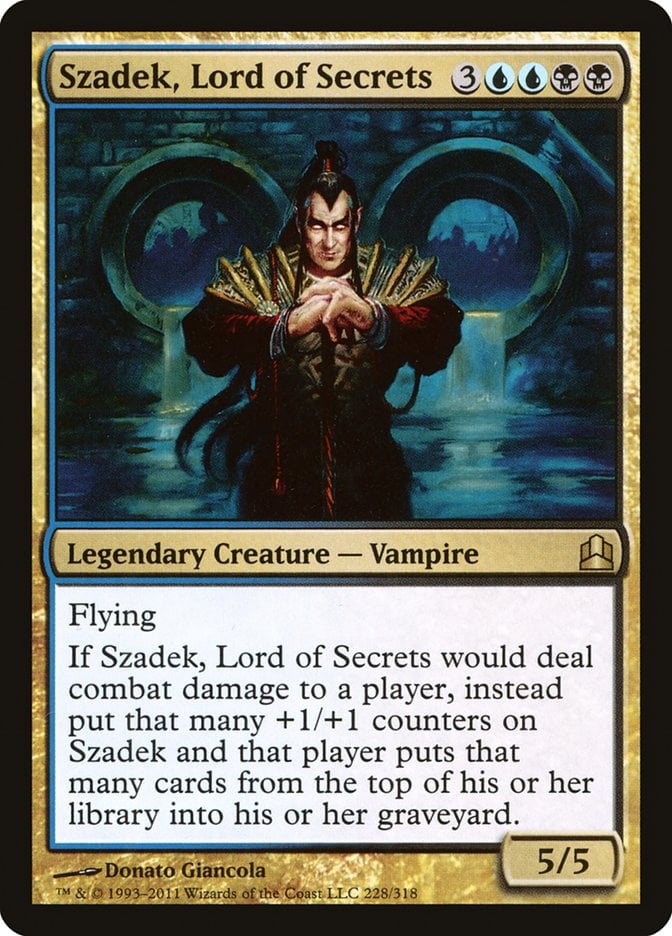
House Dimir’s parun was a vampire, Szadek, Lord of Secrets. Szadek controlled the Guild for nearly 10,000 years until he was eventually arrested and executed by the Boros and Azorius for scheming to seize power. His arrest inadvertently broke the initial Guildpact, leading to the formation of the new pacts.
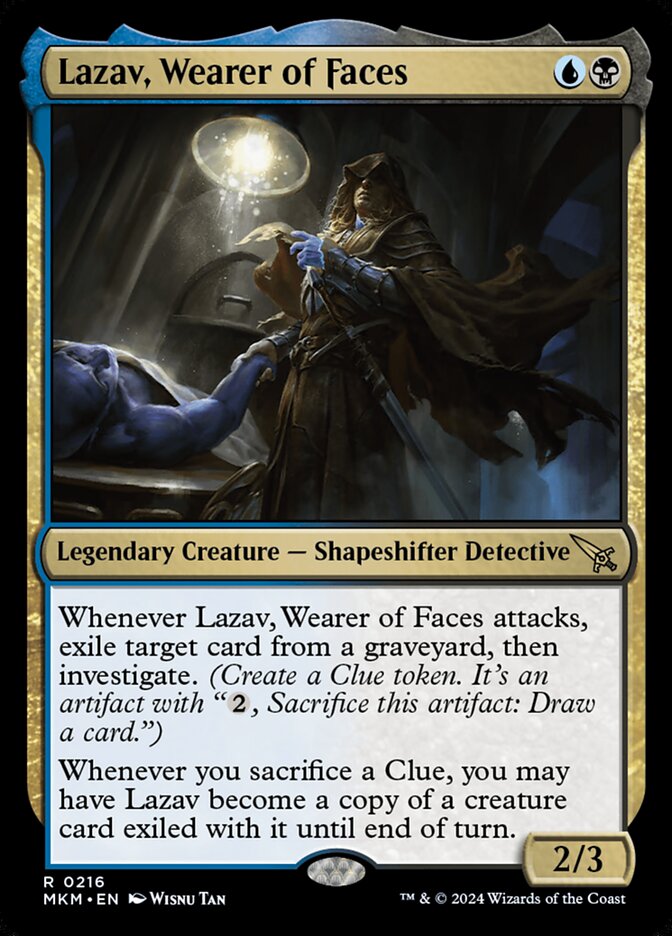
Since then, House Dimir has been run consistently by a shapeshifter, Lazav, Wearer of Faces. He has survived the Phyrexian invasion, but he has made sure to stay out of the spotlight.
House Dimir’s mechanics include transmute, cipher, and surveil. Transmute is a more specific style of tutor, allowing players to discard a card with transmute and search their library for a card with the same mana value.
Cipher is a keyword found on instants and sorceries that allows you to exile the spell and “encode” it on a creature after it’s resolved. When the creature it was exiled with deals combat damage to a player, you can then cast a copy of the exiled spell.
Surveil allows you to look at a specified number of cards from the top of your library, put any ones you want into the graveyard, and then put the rest back in any order. Surveil is unique as it has grown from being a Dimir-specific mechanic to a deciduous mechanic used in other Magic sets, and it's even shared by other Ravnica guilds as with the surveil lands. It's also been errata’d onto old cards.
Transmute and surveil represent House Dimir’s control over information by allowing you to have better control over the cards you get in your hand. Meanwhile, cipher represents the payoff of a Dimir spy infiltrating an enemy Guild, by giving you additional benefits when it gets past your opponent’s defenses.
Izzet League
The Izzet League () is in charge of running Ravnica’s public works with their superior technology. On the side, the Izzet occupy themselves with wild experiments, fueled more by creativity and innovation than by any sense of practicality. This has led to some mixed results, but they do occasionally come up with something useful like their current guild master Ral Zarek’s sonic weapons which helped repel the Phyrexian invasion.
The Izzet League was founded by Niv-Mizzet, the Firemind. Niv-Mizzet is a genius inventor, and the last true dragon on the plane of Ravnica. For a long time, Niv-Mizzet was also the guild master, but has since become Niv-Mizzet, Guildpact, allowing the planeswalker Ral Zarek to take over the Izzet League.
The unique Izzet mechanics are replicate, overload, and jump-start. Replicate is an additional cost on spells that adds copies of the spell to the stack for each time a player pays the replicate cost. Overload replaces single-target text to make a spell hit every possible target it can. A jump-start spell can be cast from your graveyard by discarding a card and paying the jump-start card’s mana value, though the jump-start card is then exiled after its second use.
Overload is particularly flavorful, as it represents when an Izzet League inventor’s experiment accidentally goes much further than initially intended.
Orzhov Syndicate
The Orzhov Syndicate () is part bank, part church, and part organized crime family. The elite oligarchs who run the syndicate have unnaturally long lives, allowing them to accrue massive amounts of wealth off the backs of Ravnicans desperate enough to borrow money from the Guild. These borrowers are contracted to serve the Syndicate even after their death if their debts haven’t been paid.
The Orzhov was originally led by the corrupt Obzedat, Ghost Council, until the planeswalker Kaya, Ghost Assassin lived up to her name and killed them. Kaya never fully took control of the Orzhov, allowing Tomik, Distinguished Advokist to take those responsibilities until Teysa Karlov officially took over the guild.
The Orzhov’s mechanics are haunt, extort, and afterlife. Cards with haunt are exiled “haunting” a creature after resolution, then give you a second effect once that creature is put into the graveyard. When you have a permanent with extort, it allows you to pay white or black mana whenever you cast a spell to have each opponent lose 1 life and you gain life equal to the amount lost. Afterlife specifies a number of Spirit tokens that you create when the creature with afterlife dies.
The Orzhov mechanics mirror the Syndicate’s ability to continue influencing its members even after their deaths. Extort also shows how the Orzhov Syndicate drains the citizens of Ravnica dry with their harsh tithes and unpayable debts.
Selesnya Conclave
Although the Selesnya Conclave () seem like peaceful nature lovers and their cause to preserve Ravnica’s history seems well-intentioned, the Guild has also shown some unpleasant tendencies over the years. While outwardly appearing peaceful, they also have a standing army. Their seemingly benevolent leader, Trostani, also recently carried out a string of murders targeting Ravnicans that they believed had not adequately protected the plane during the Phyrexian invasion.
The Selesnya Conclave’s parun was an elemental named Mat’Selesnya. While she hasn’t appeared on any cards herself, she does speak through Trostani, Selesnya's Voice. While this makes Trostani the de facto leader of the Conclave, they’re known to leave leadership duties to Emmara Tandris, who seems to genuinely believe in the peace that the Conclave claims to stand for.
Unlike every other Guild, the Selesnya only have two signature mechanics: convoke and populate. Convoke was their original mechanic and made a return in Guilds of Ravnica; it allows you to tap creatures to pay for spells. Creatures may be tapped for any pne of their colors or generic mana. Populate allows you to choose a creature token you control and make a token that's a copy of it.
Convoke symbolizes the Selesnya Conclave’s unified nature, working together to create a solution. Populate likely represents the Guild’s love of nature and their attempts to continue growing more plants.
Simic Combine
The Simic Combine () exists to preserve the life and health of all creatures on Ravnica. They have also moved in a bit on the Gruul Clans’s original mission to preserve the natural world, though they go about things very differently. The Simic Combine are best known for their experiments, attempting to create more perfect beings that can adapt to living in the city of Ravnica. This is a far cry from their origins as simple healers.
This change was brought about by the former guild master, Momir Vig, Simic Visionary. When the citizens of Ravnica rejected Vig’s attempts to mutate them, he unleashed a massive ooze known as Experiment Kraj to absorb the citizens and prepare to start Ravnica over in his image. Though Vig was stopped, this made many afraid of the Simic, and not without good reason.
Following Momir Vig, Ravinca’s merfolk emerged to refocus the Simic toward more noble goals under the leadership of Prime Speaker Zegana. However, as threats to the Guild became more frequent, Zegana was replaced by Prime Speaker Vannifar, who resurrected Vig’s mutation projects to turn Simic members into genetically enhanced soldiers. Although Zegana attempted to regain control, she would be murdered as part of Trostani’s plot before she had the chance.
The unique Simic mechanics are graft, evolve, and adapt. Creatures with graft enter with a certain number of +1/+1 counters and can later move those counters onto another creature when it enters. Evolve is an ability on creatures that allows you to put a +1/+1 on them when a creature with greater power or toughness enters the battlefield under your control. Adapt is an ability on creatures that allows you to pay a cost to put a specified number of +1/+1 counters on that creature. This can only be used when the creature has no counters on it.
Simic’s mechanics are all similarly focused on the Combine’s goals of constantly improving upon its members through their experiments. You’re similarly adapting your creatures to become more powerful and therefore more likely to survive.
Guilds vs. Shards vs. Wedges
Aside from the 2-color guilds, you’ve likely heard players using other terms to describe their 3-color Magic decks. These 3-color names are divided into two categories: shards and wedges.
Shards are a 3-color group with a primary color and its two allied colors. Shards get their name from the Shards of Alara block, which depicts the plane of Alara split into five distinct groups, each with access to only three of the five colors of magic. These shards are where half of the 3-colored groups in Magic get their names.
Magic’s shards are Bant (), Esper (), Grixis (), Jund (), and Naya ().
The other five 3-color groups in Magic are called wedges. Wedges are made of a color and its two enemy colors on the color pie. The wedges are named after the five clans of Tarkir introduced in Khans of Tarkir.
Magic’s wedges are Abzan (), Jeskai (), Sultai (), Mardu (), and Temur ().
Wrap Up

Seal of the Guildpact | Illustration by Franz Vohwinkel
Ravnica’s 10 Guilds are a major part of both Magic’s lore and the way players talk about the game. They’re also a testament to Magic’s great design, as most of their unique mechanics do a good job reflecting the beliefs and practices of each guild.
Do you have a favorite Ravnican Guild? Would you prefer to see the Strixhaven 2-color cycle get finished before going back to Ravnica? Let me know in the comments or over on Draftsim’s Twitter. If you’re looking for more information about Magic lore or game terminology, you should check out our blog.
Thank you for reading and see you next time!
Follow Draftsim for awesome articles and set updates: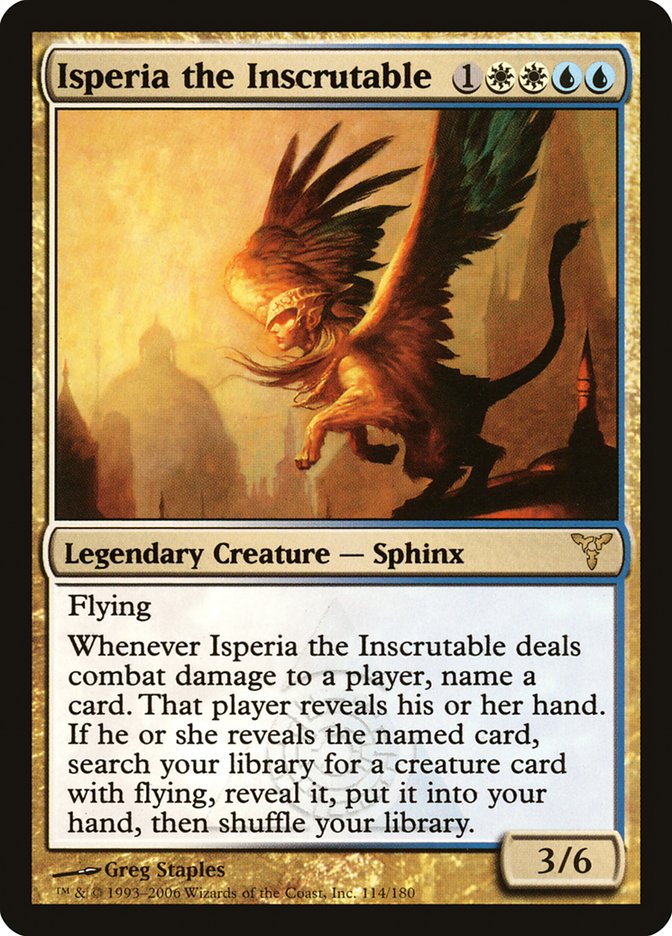
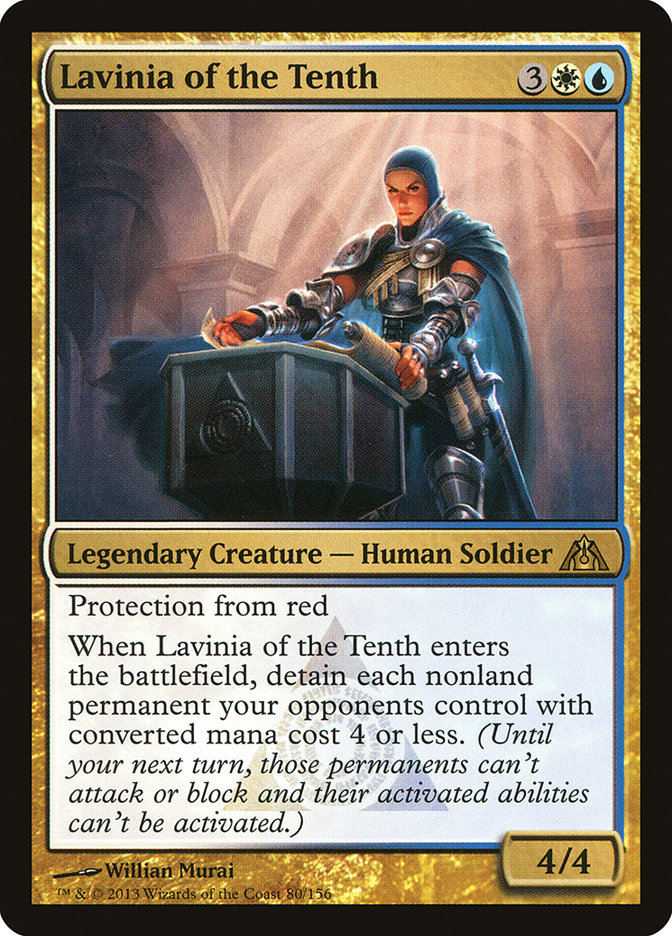
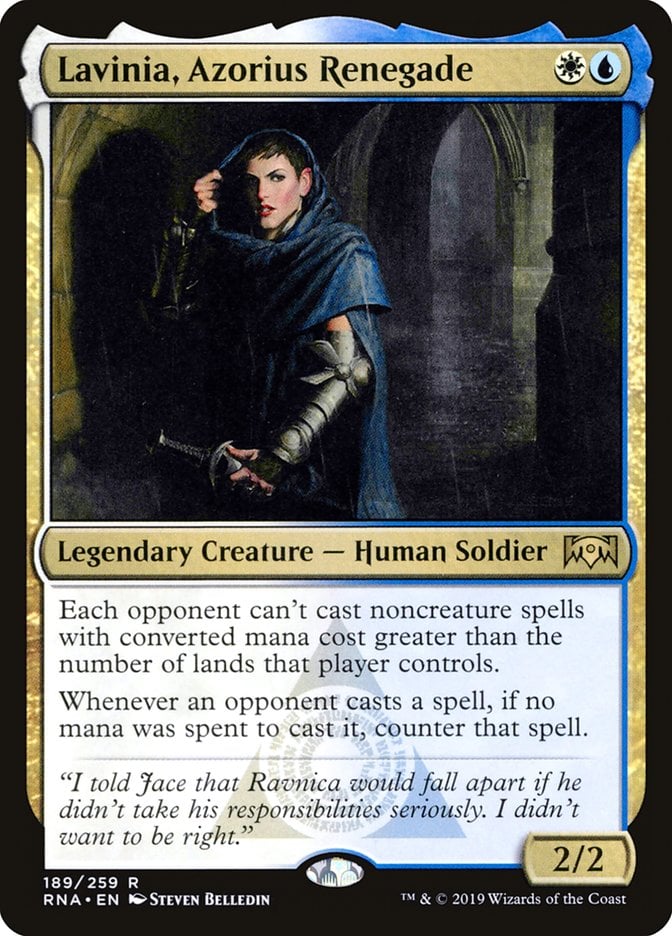
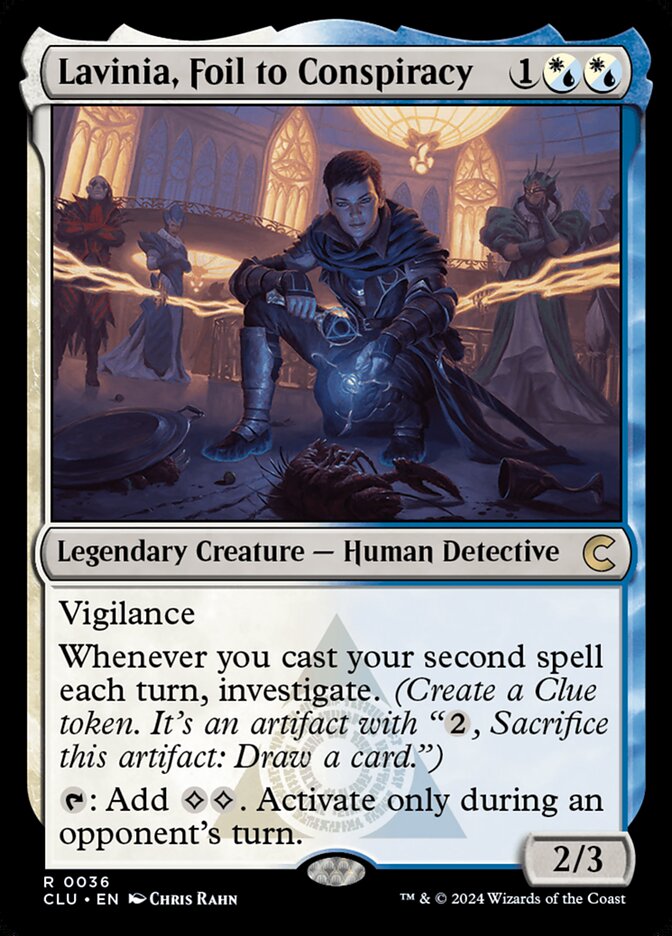
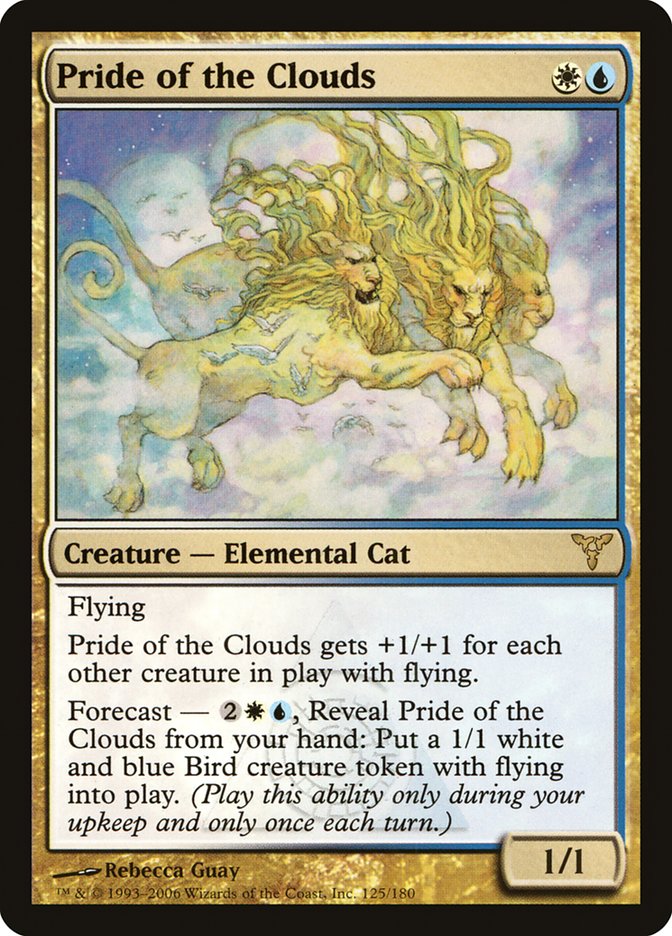
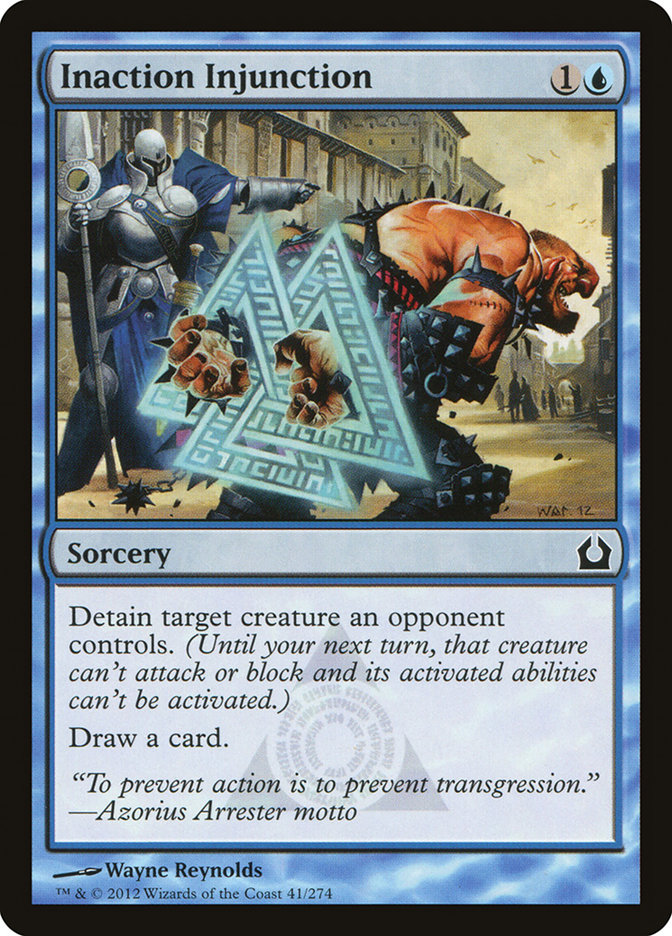
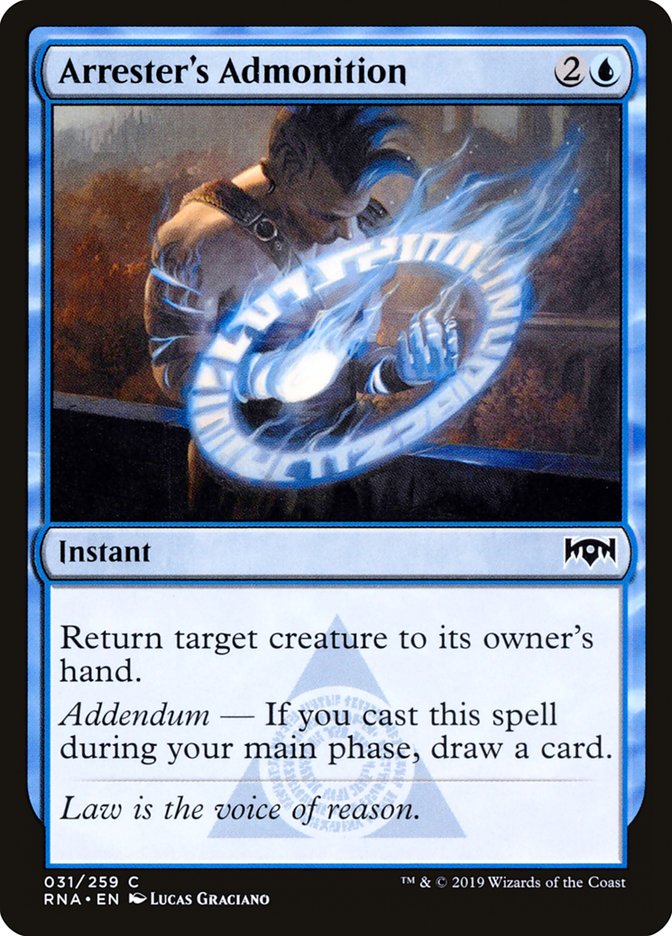
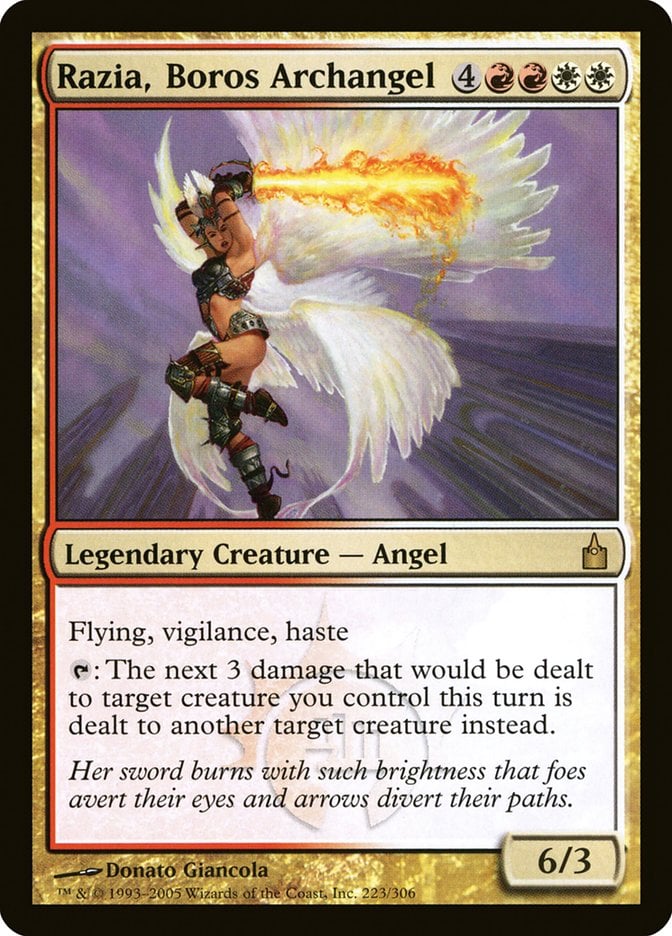
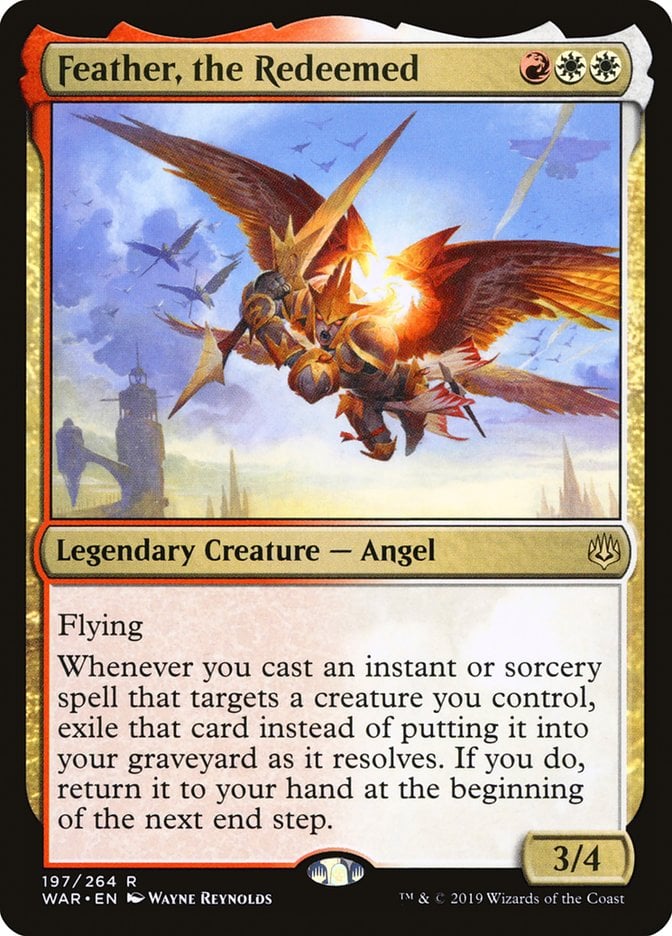
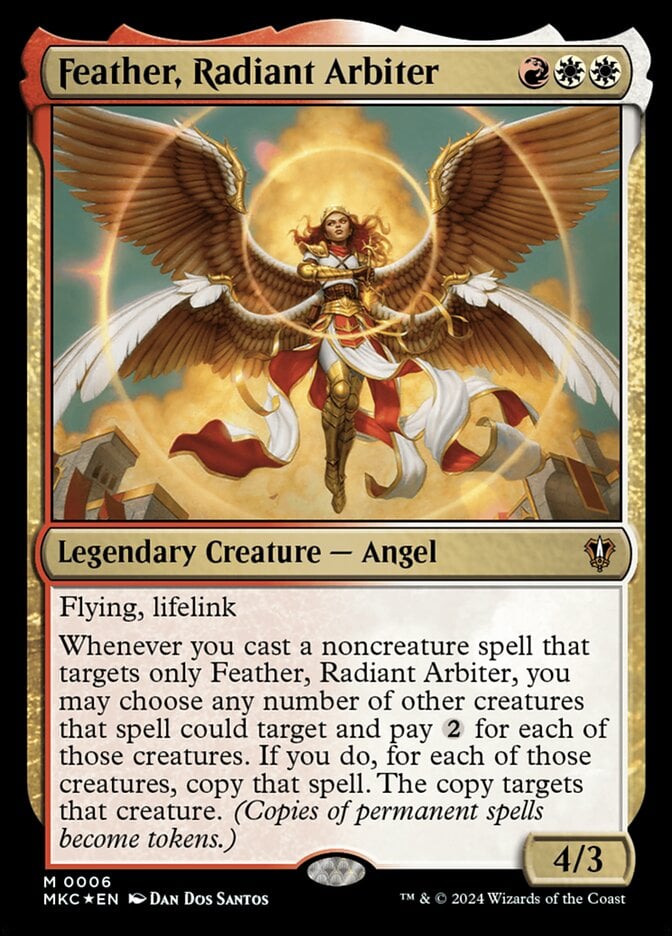





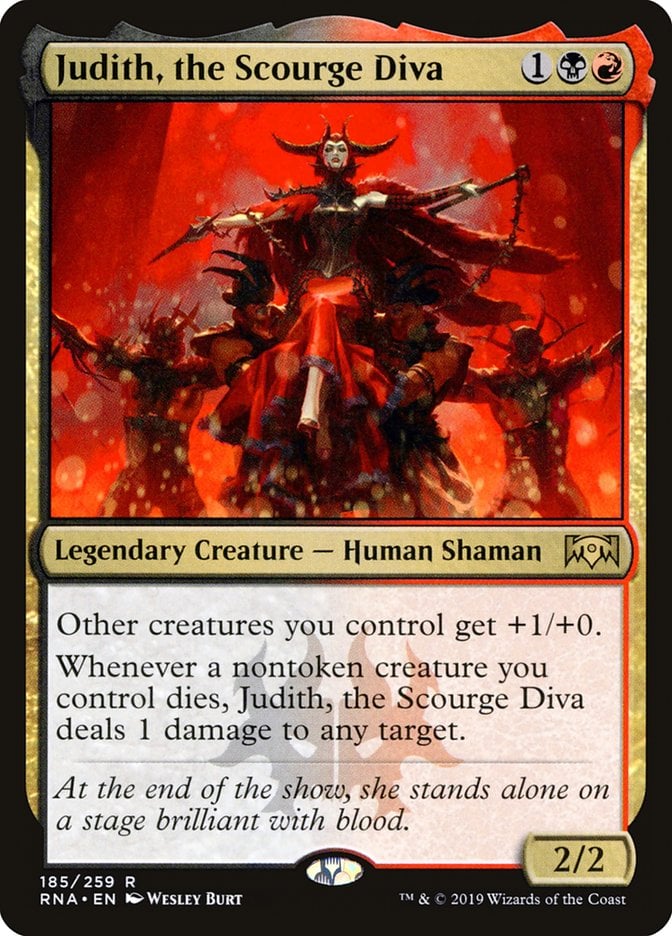
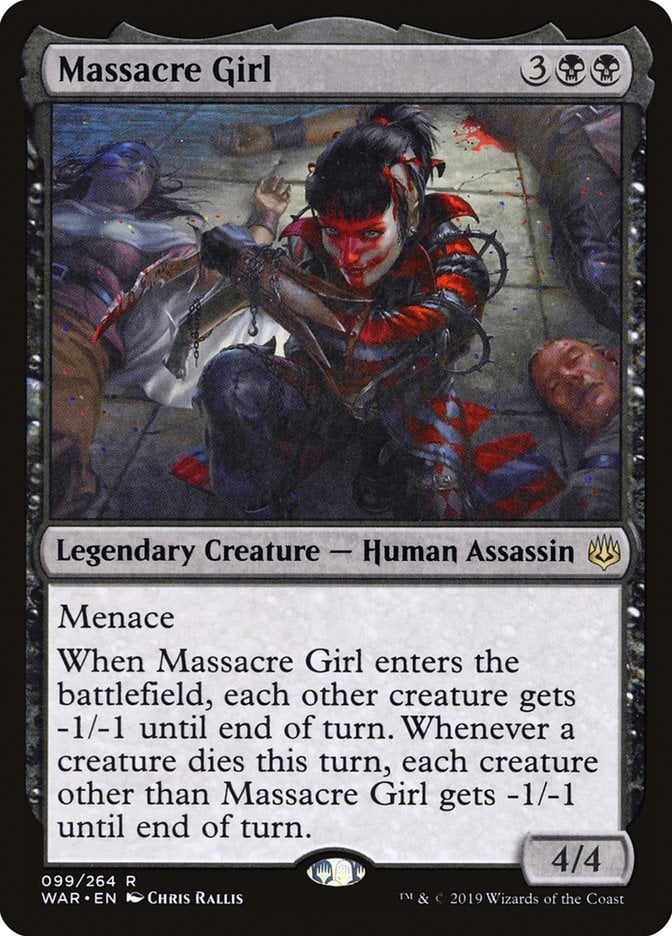
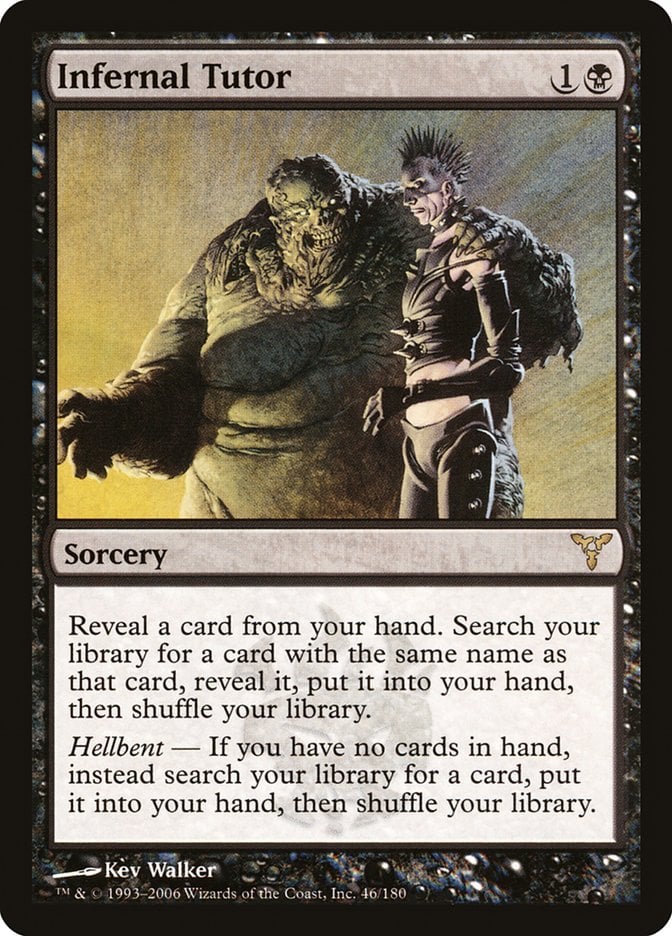
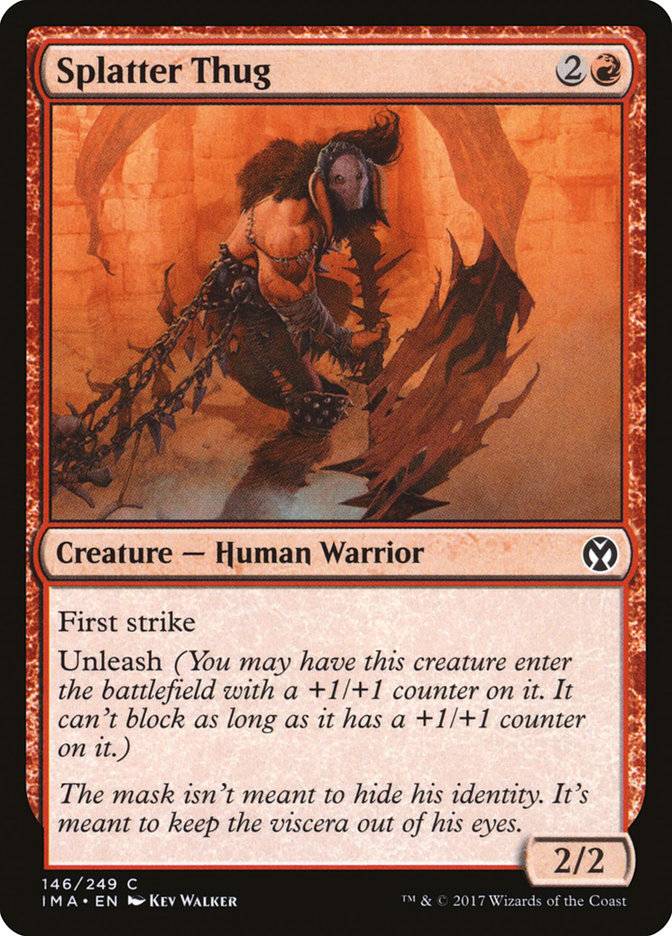
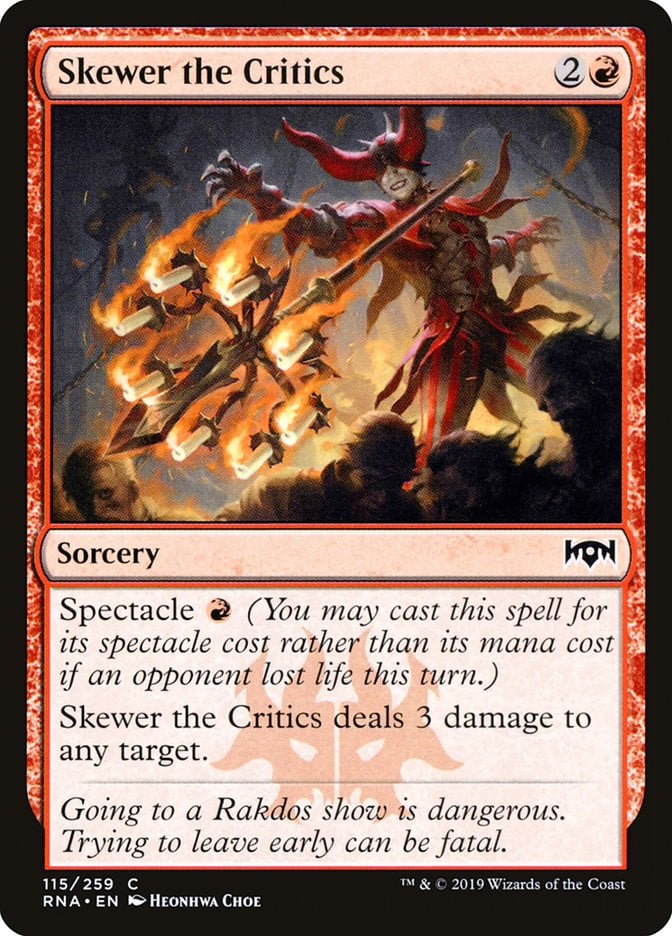
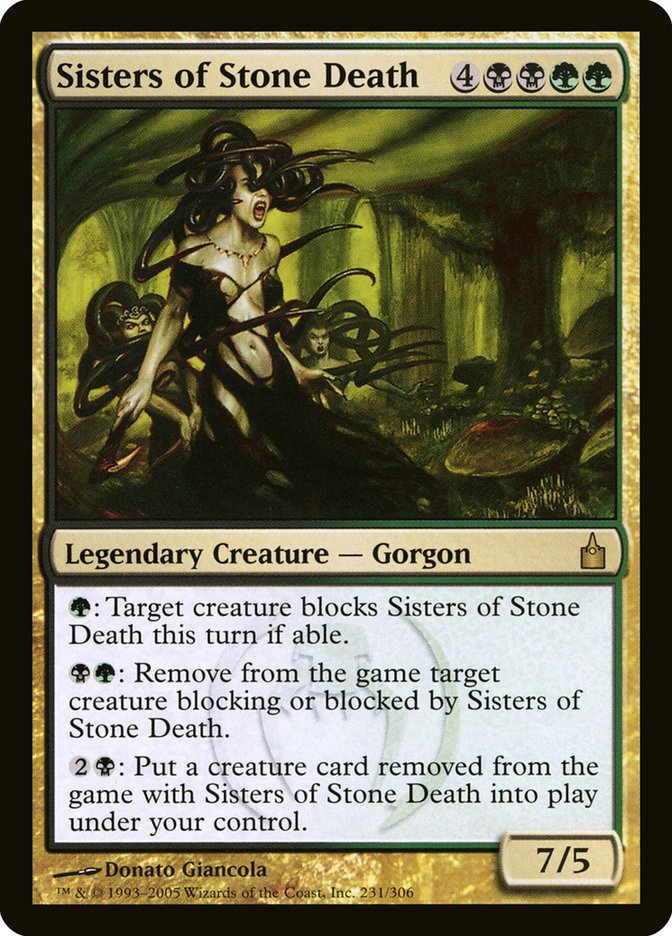
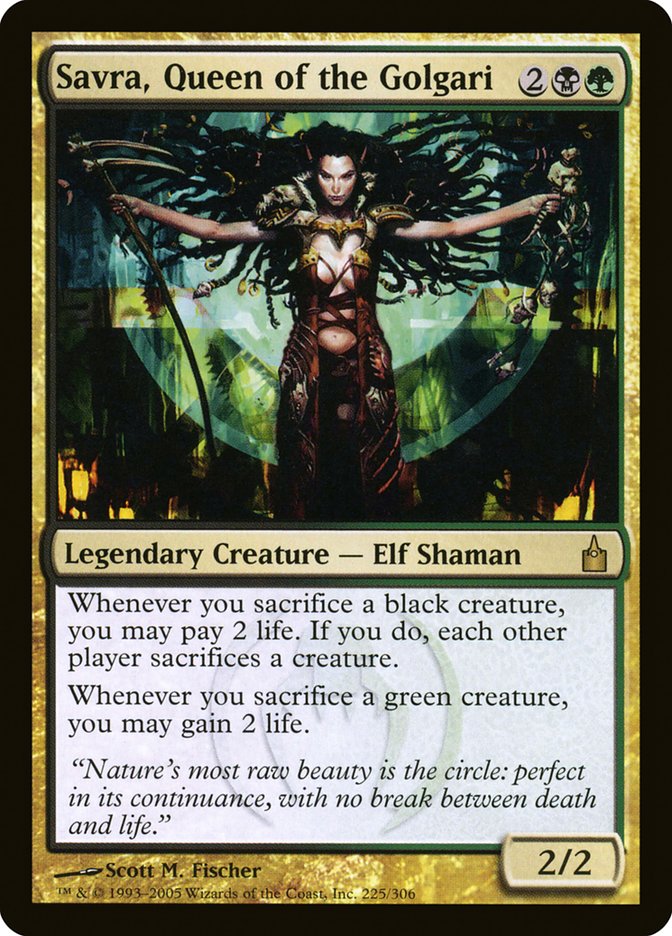
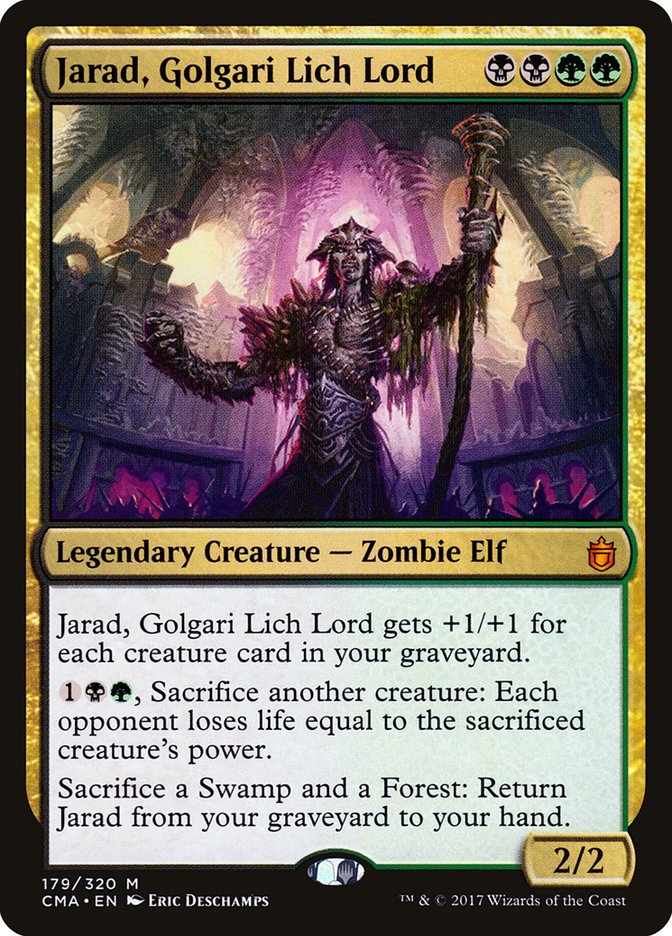
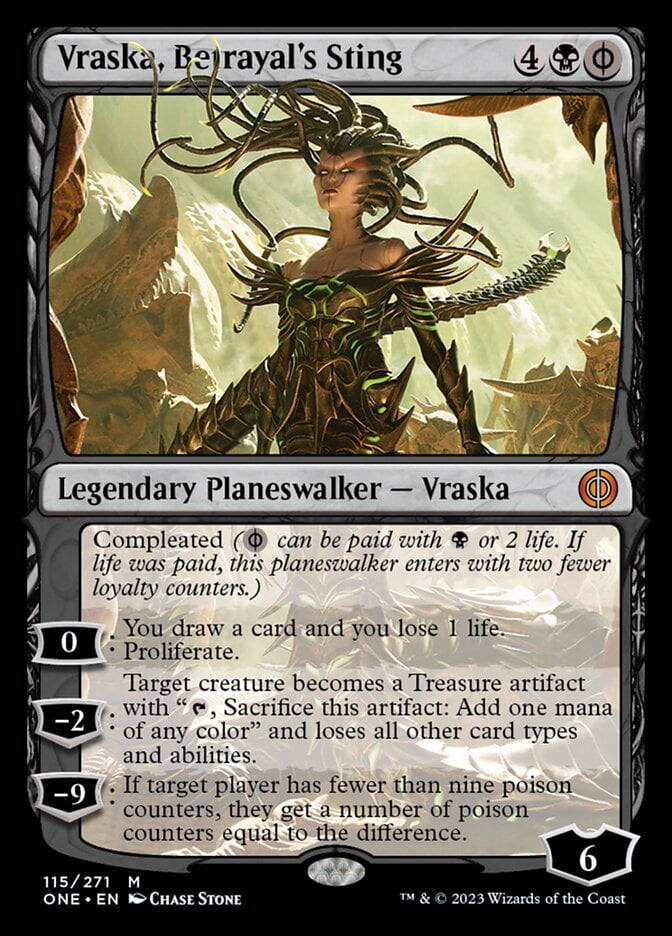
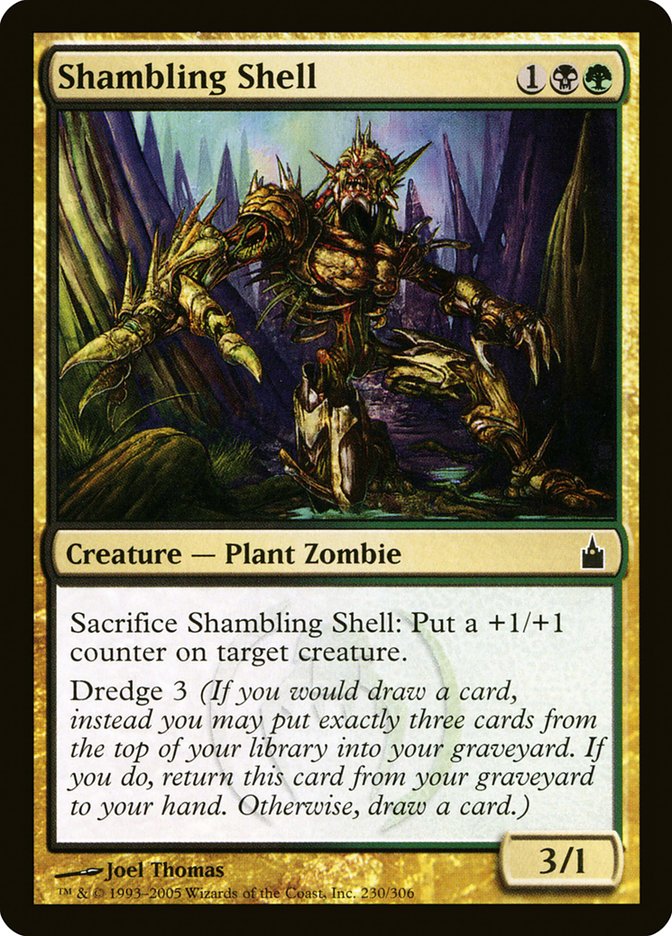
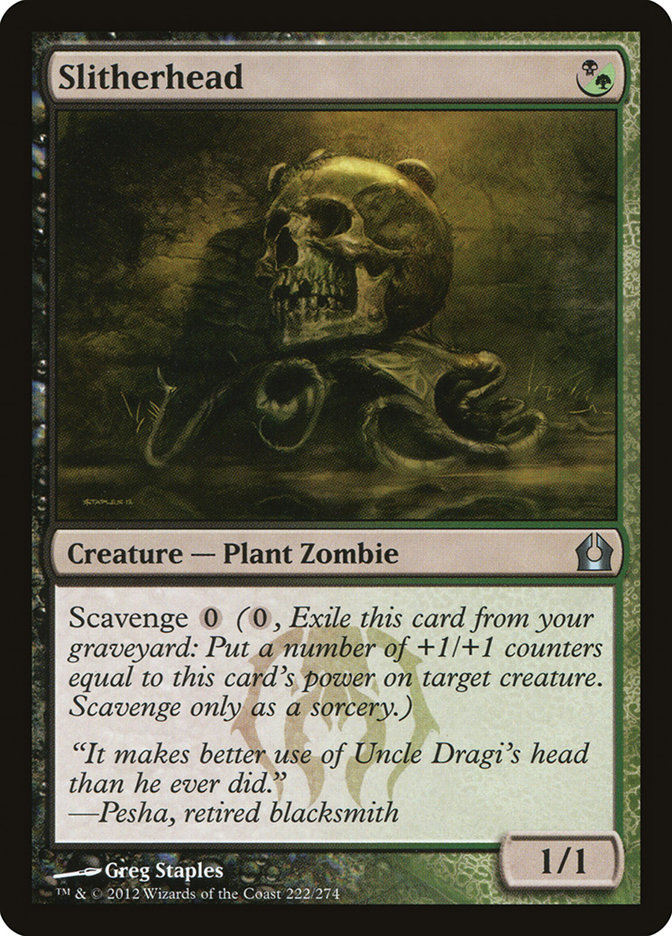


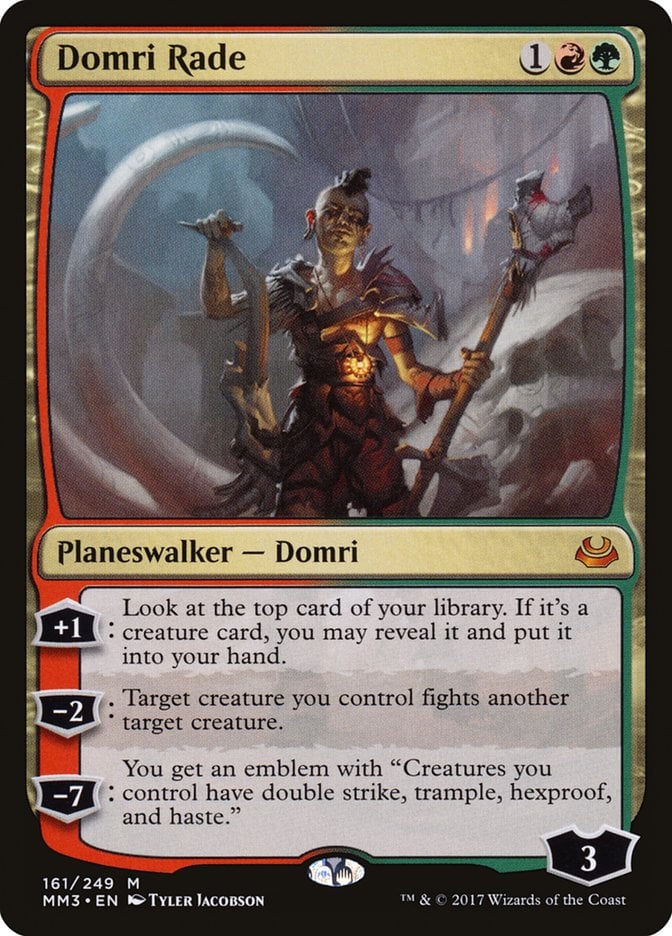


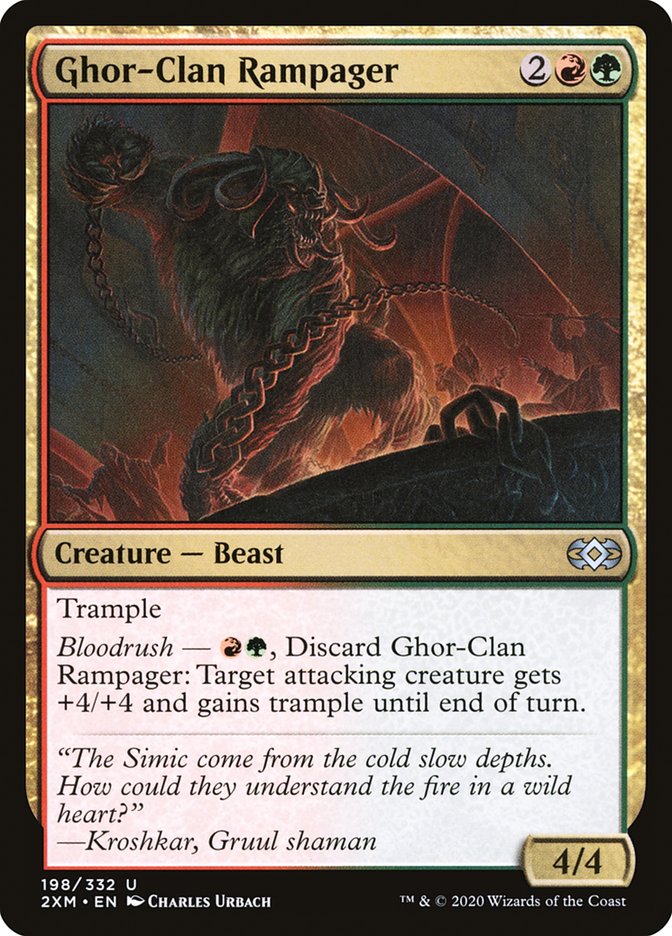

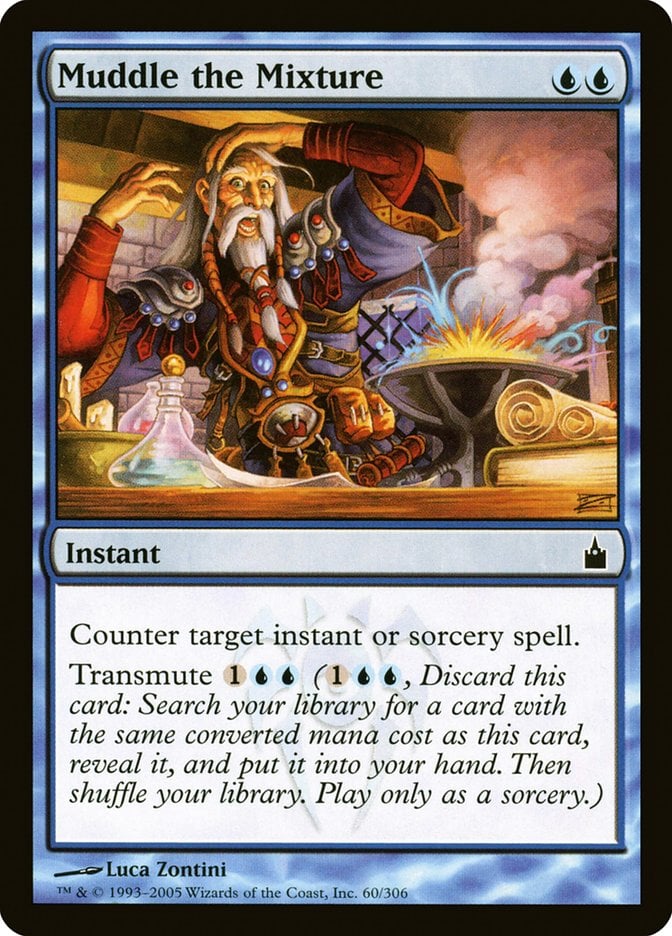
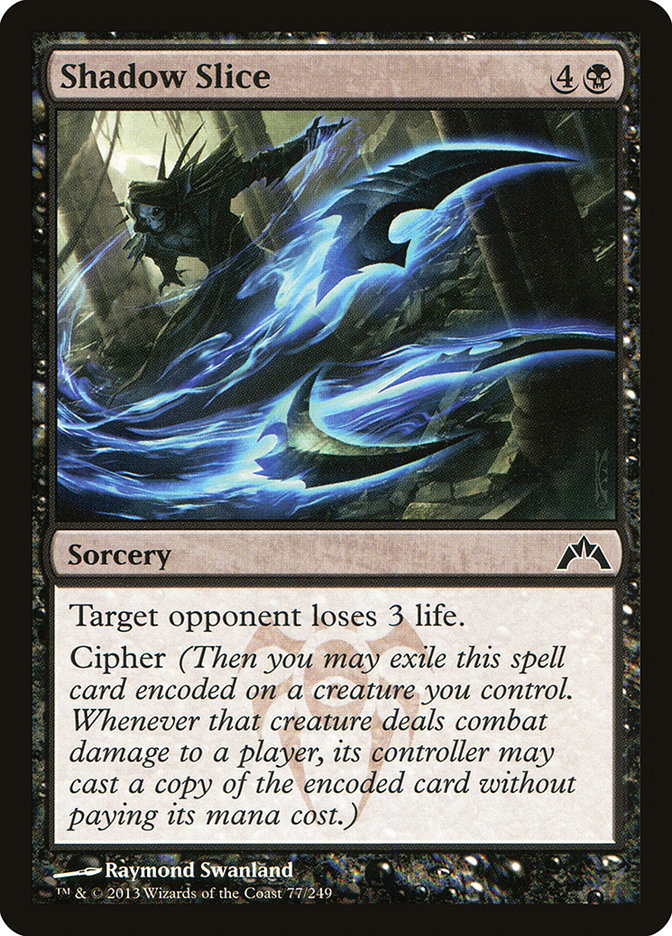




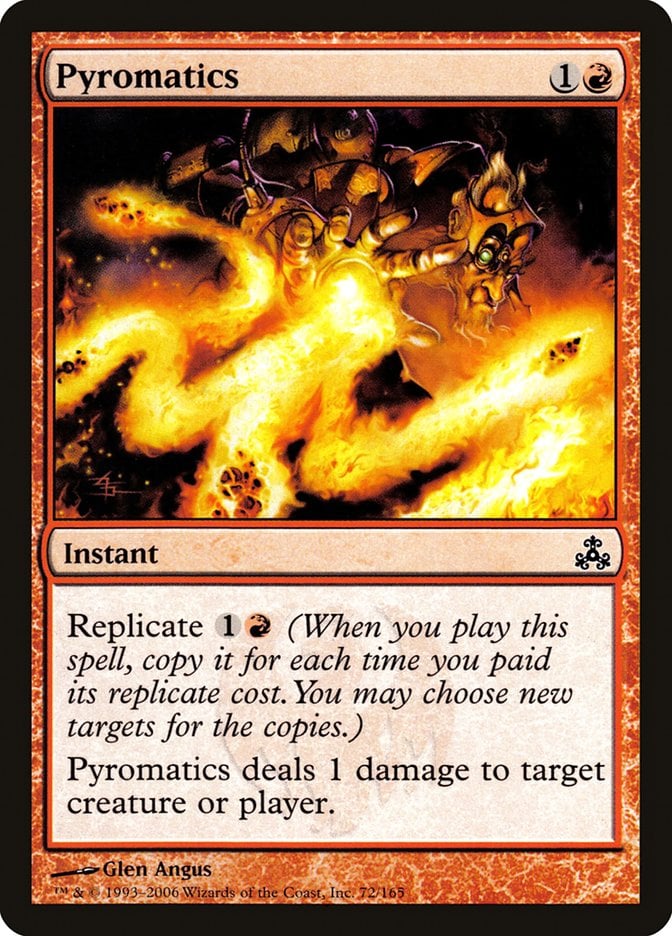
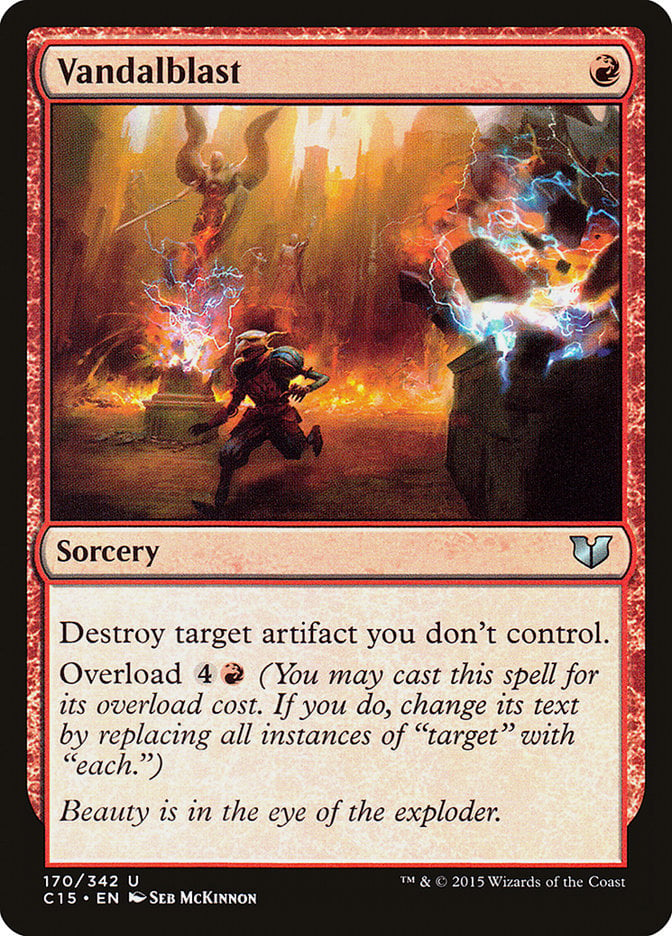
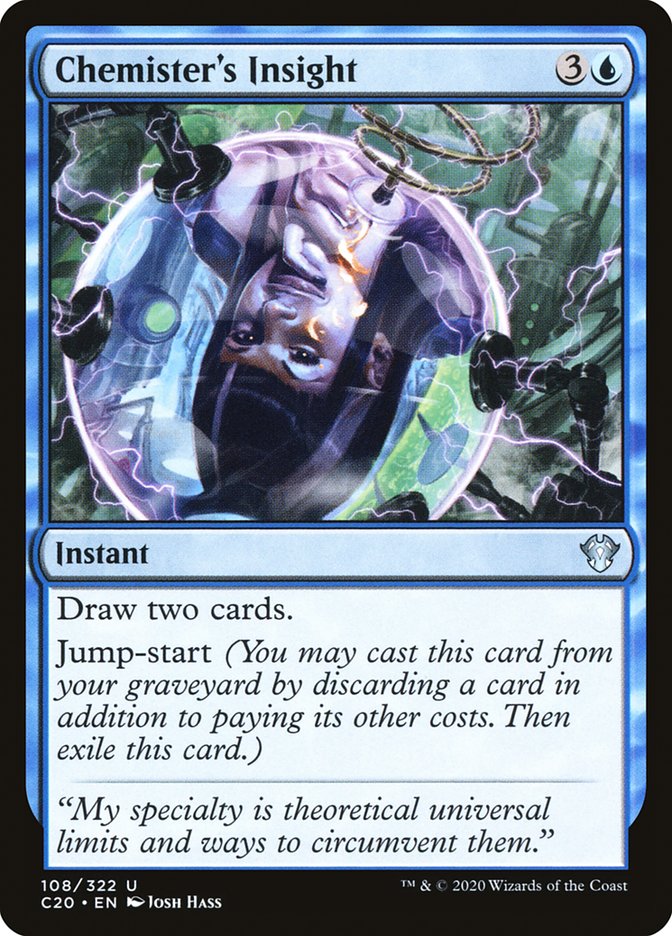
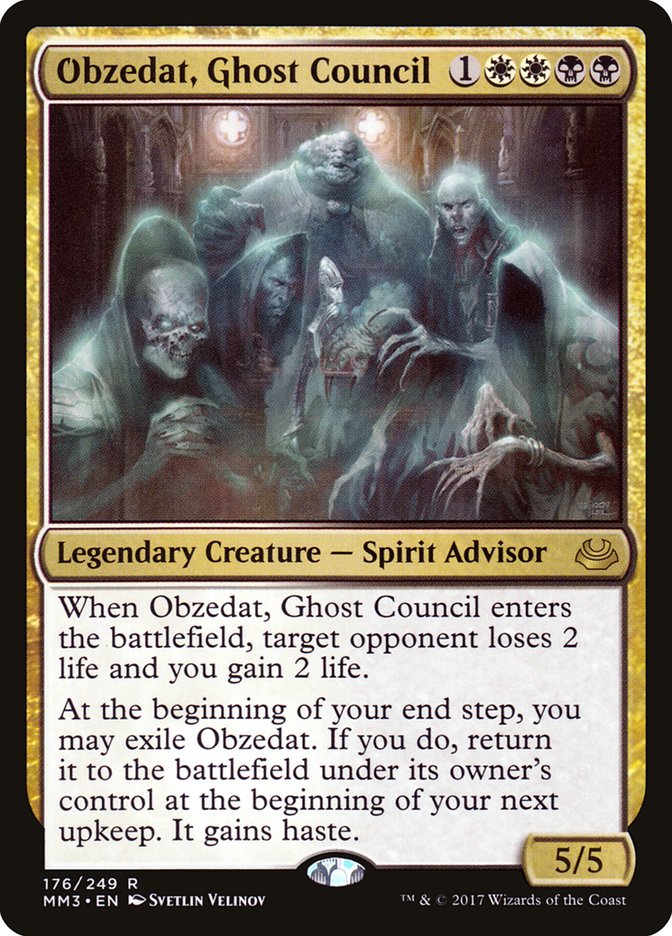
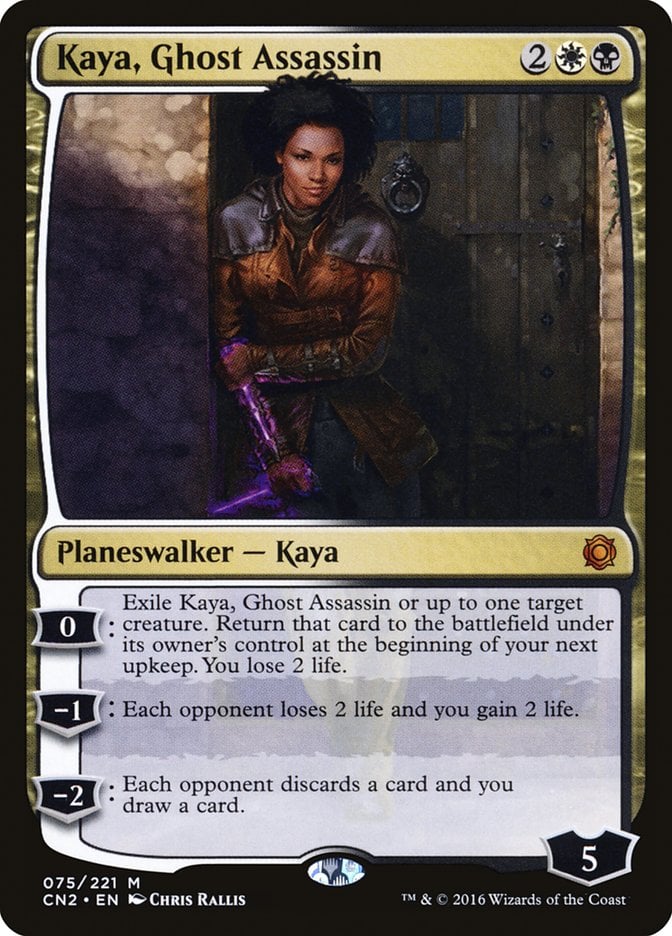
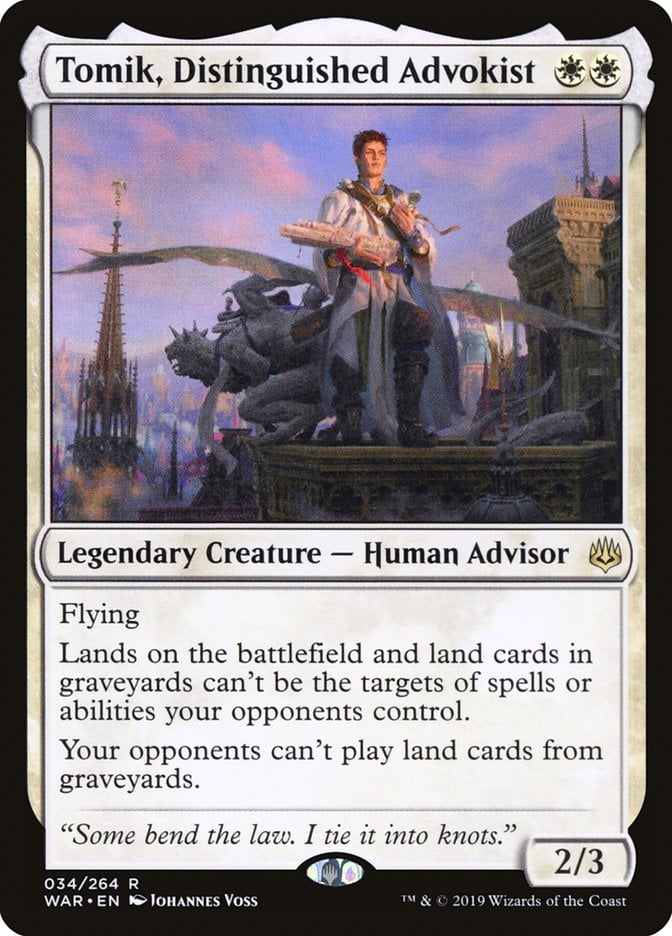
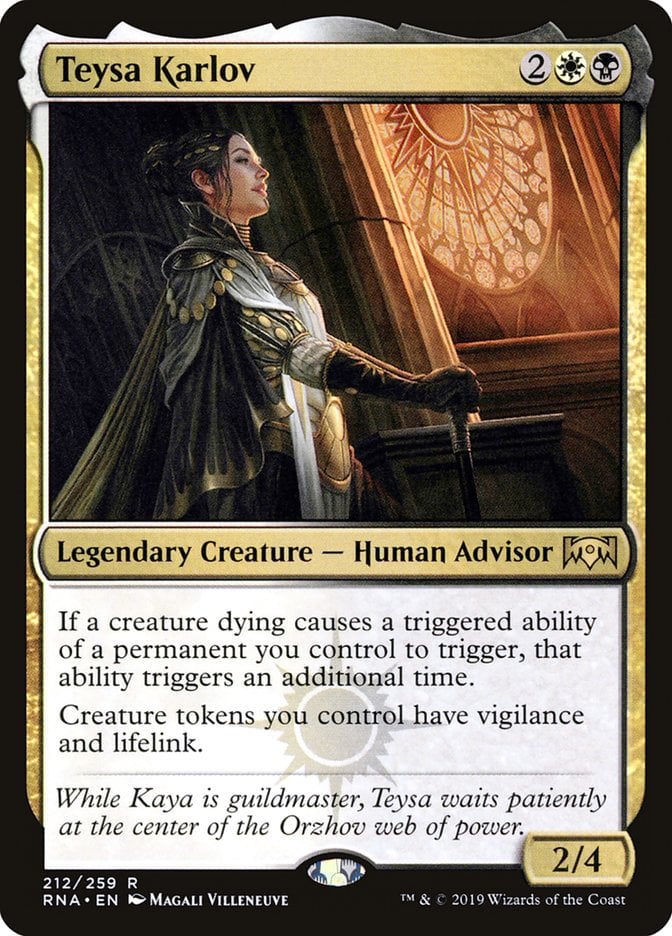
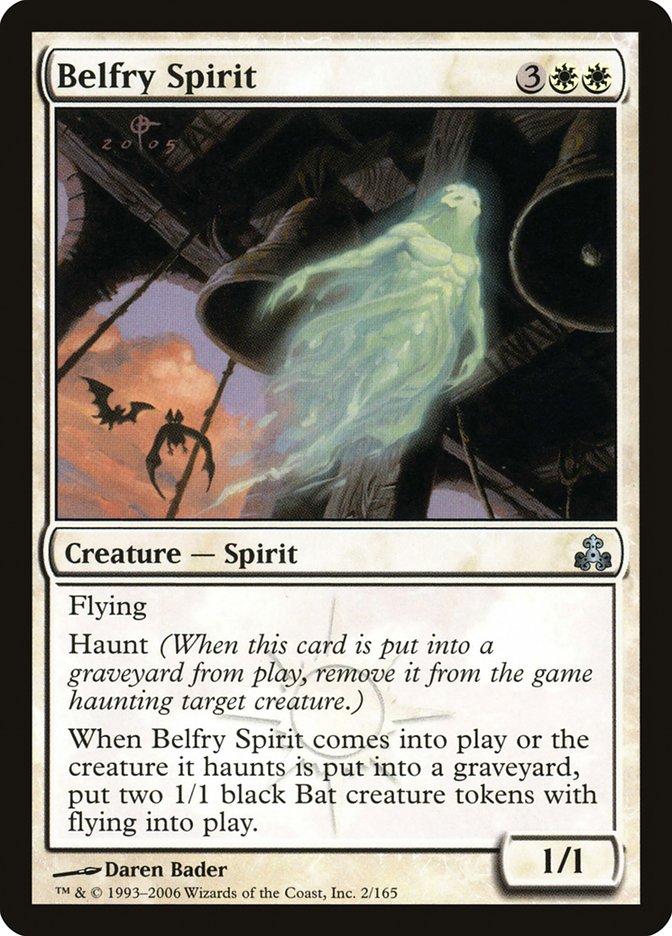
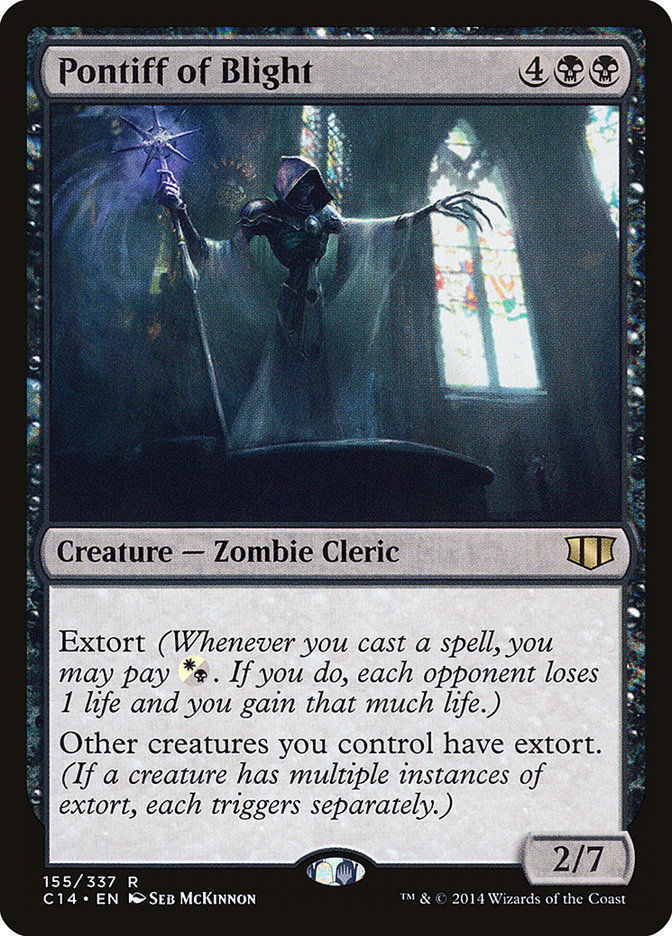



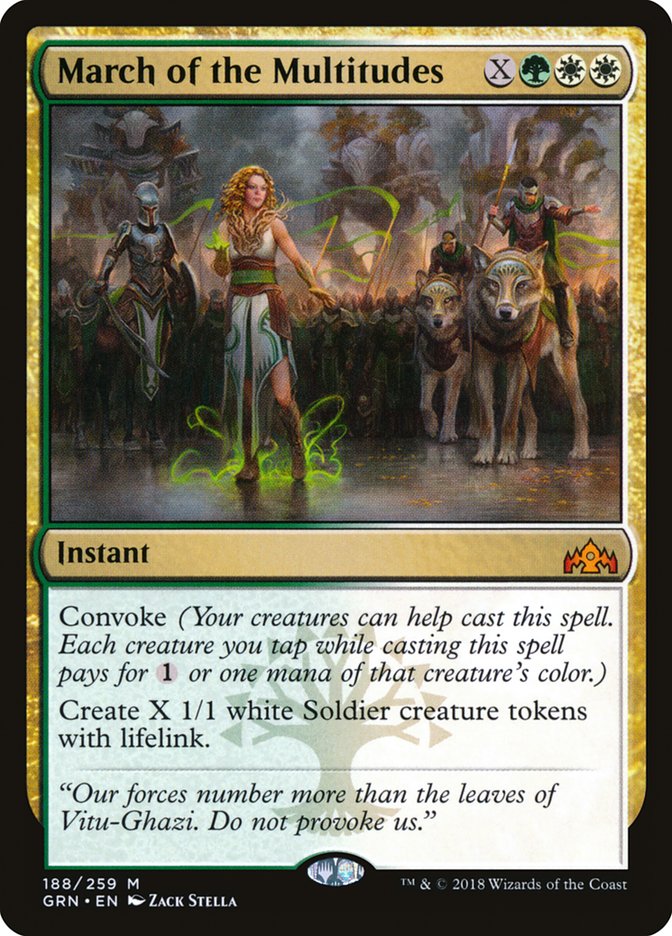
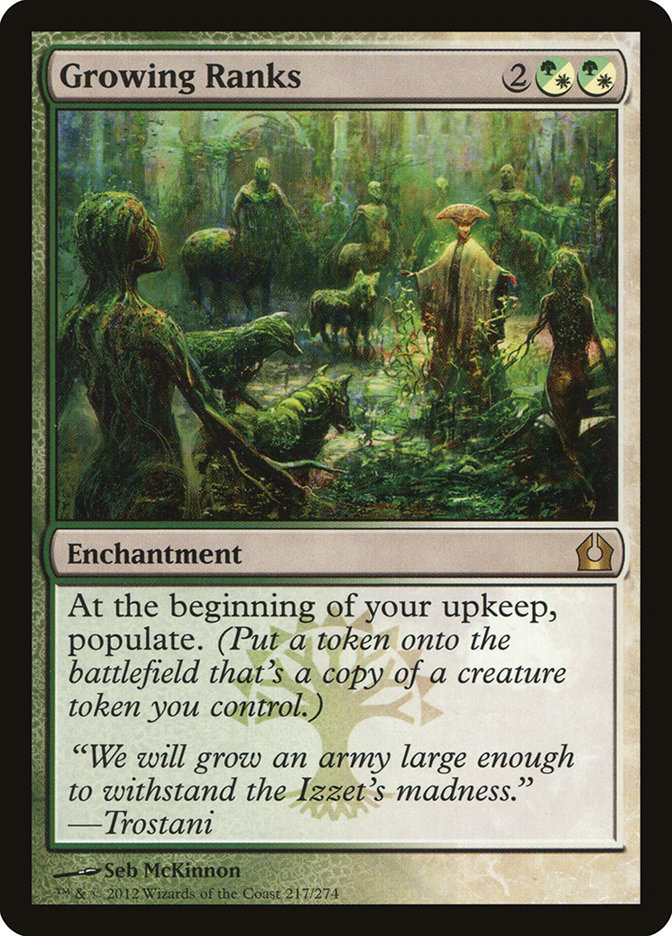
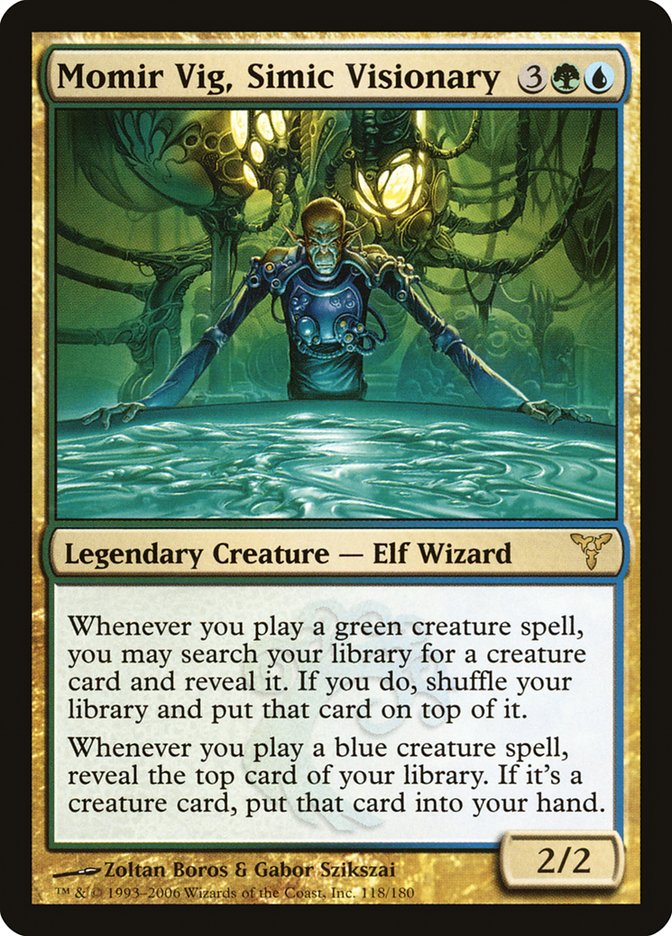
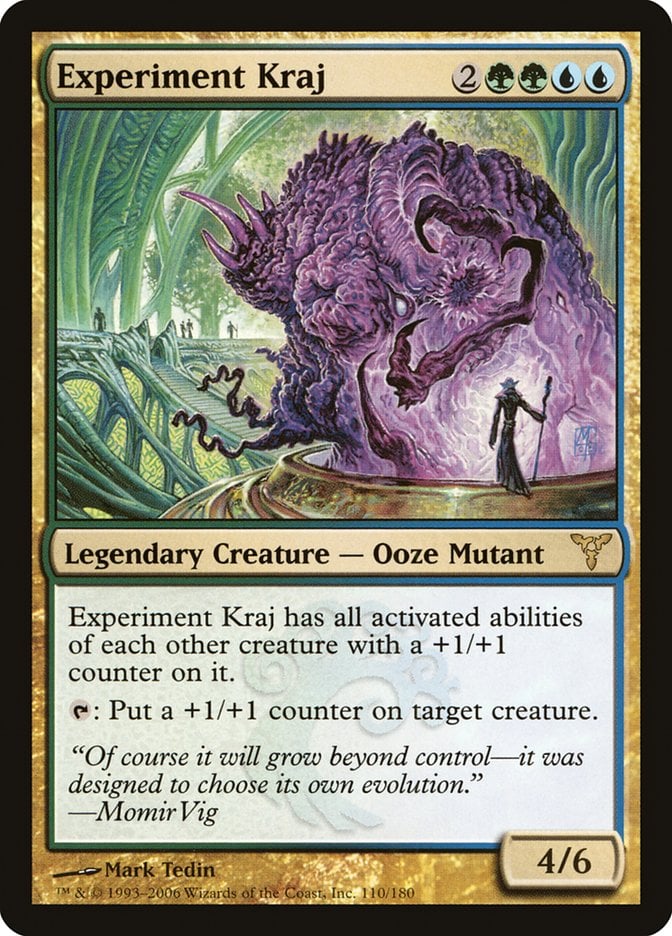
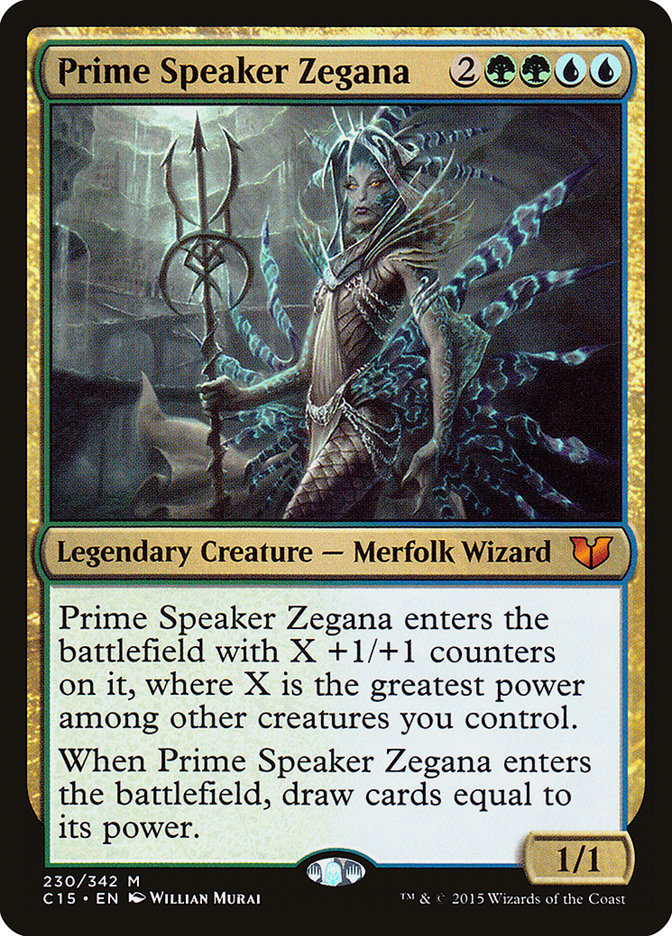




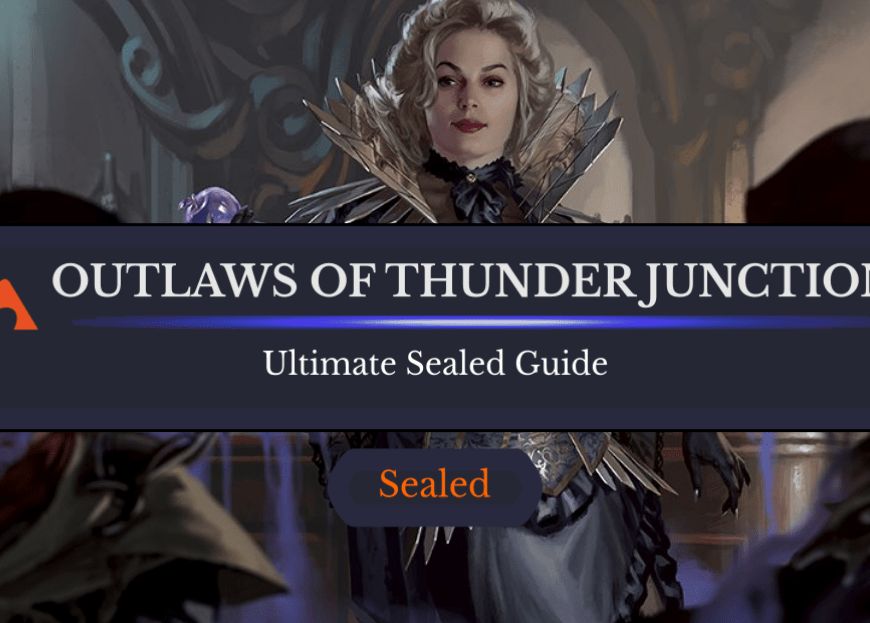

Add Comment